Oblívio
Lisboa 2023/2024

Oblívio, Galeria Belard 2024. Fotografia Ana Garrido
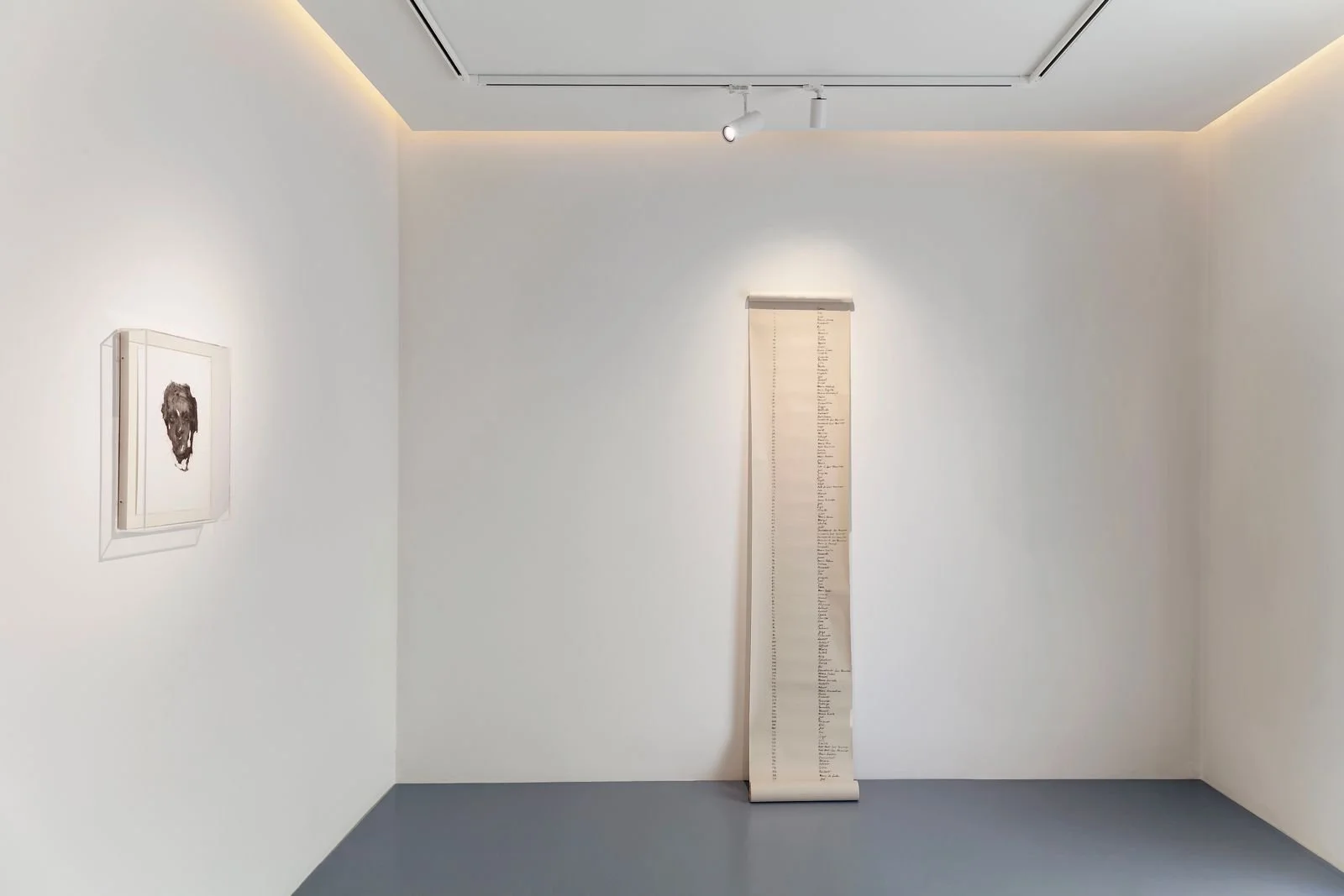
Oblívio, Galeria Belard 2024. Fotografia Ana Garrido
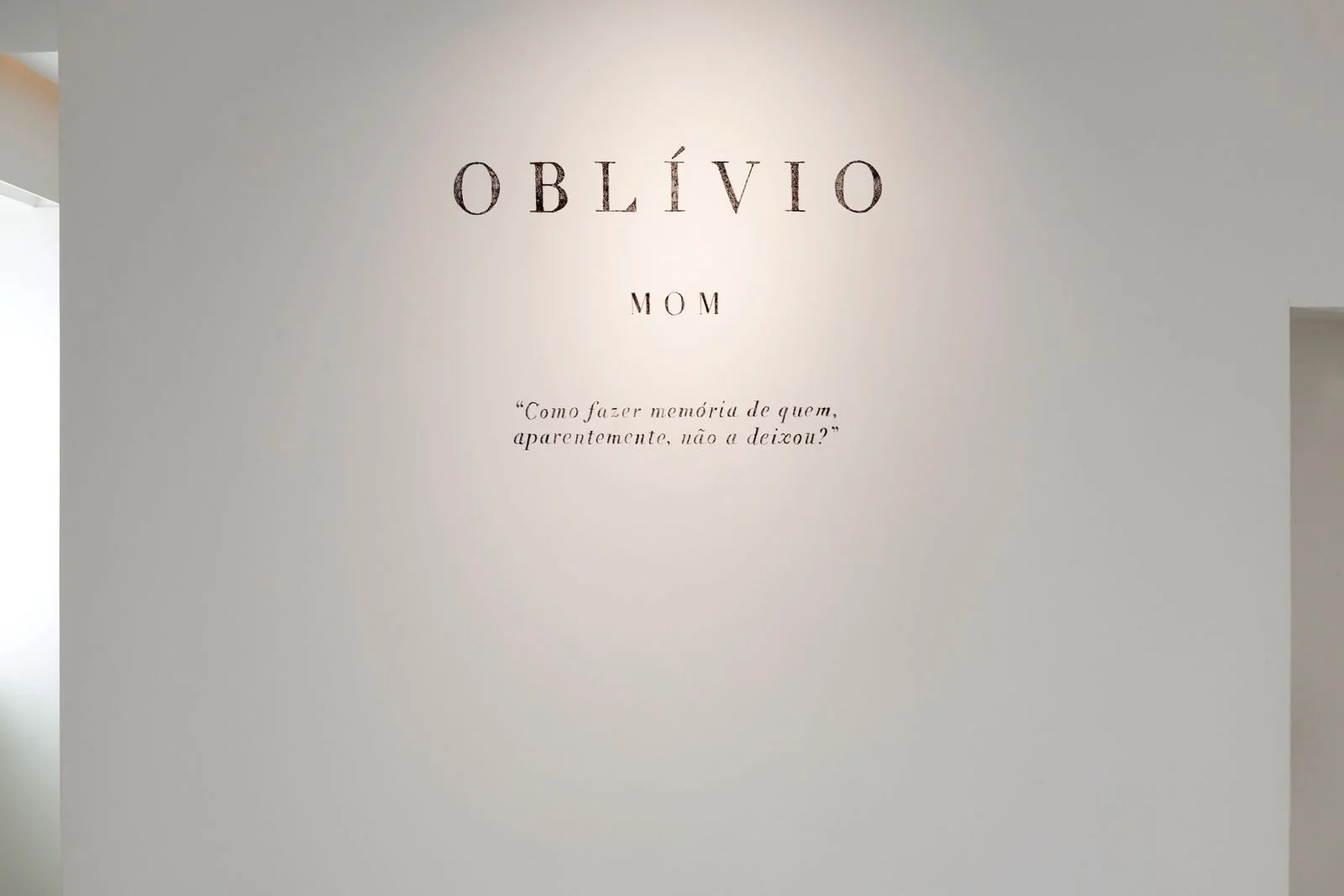
Oblívio, Galeria Belard 2024. Fotografia Ana Garrido
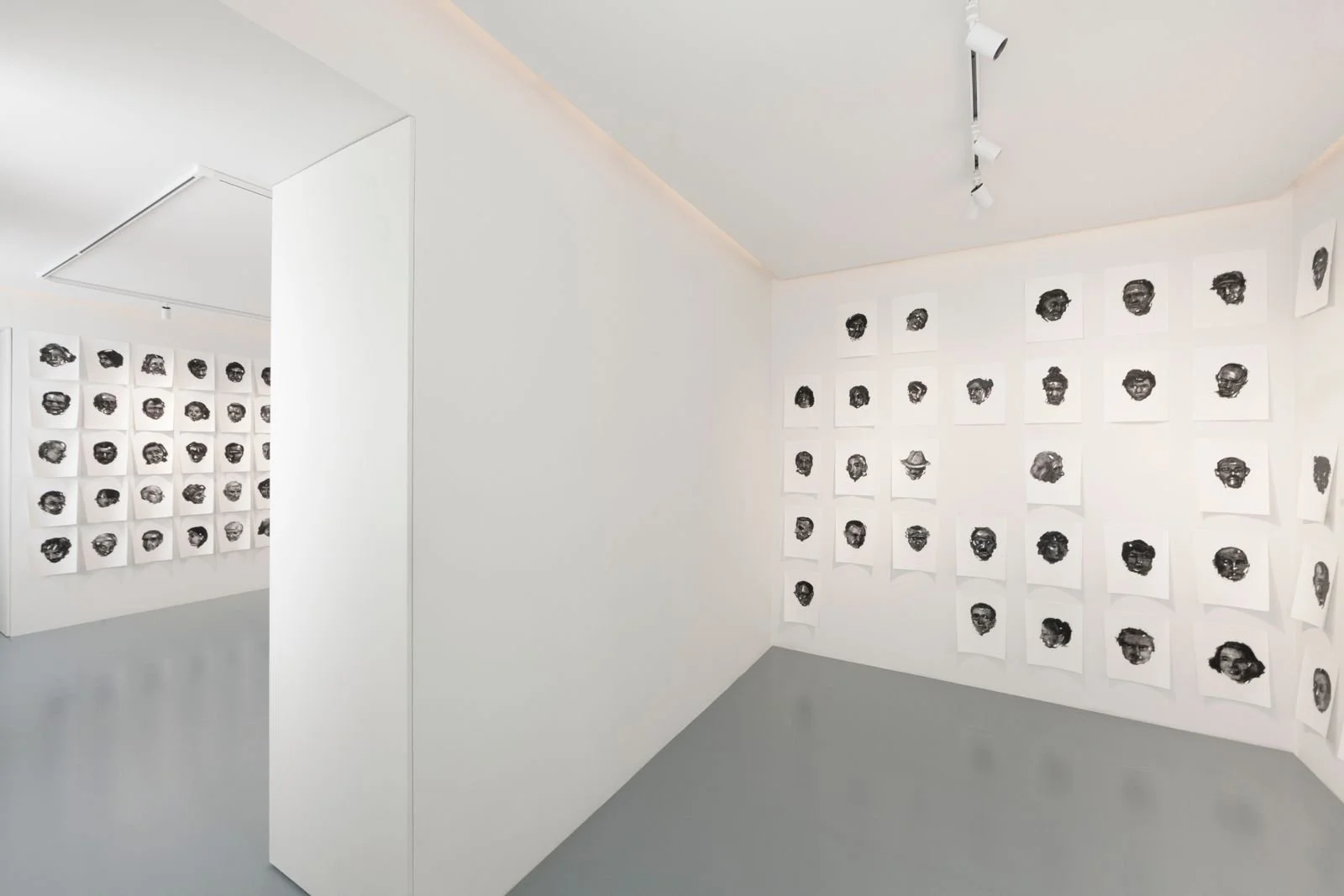
Oblívio, Galeria Belard 2024. Fotografia Ana Garrido
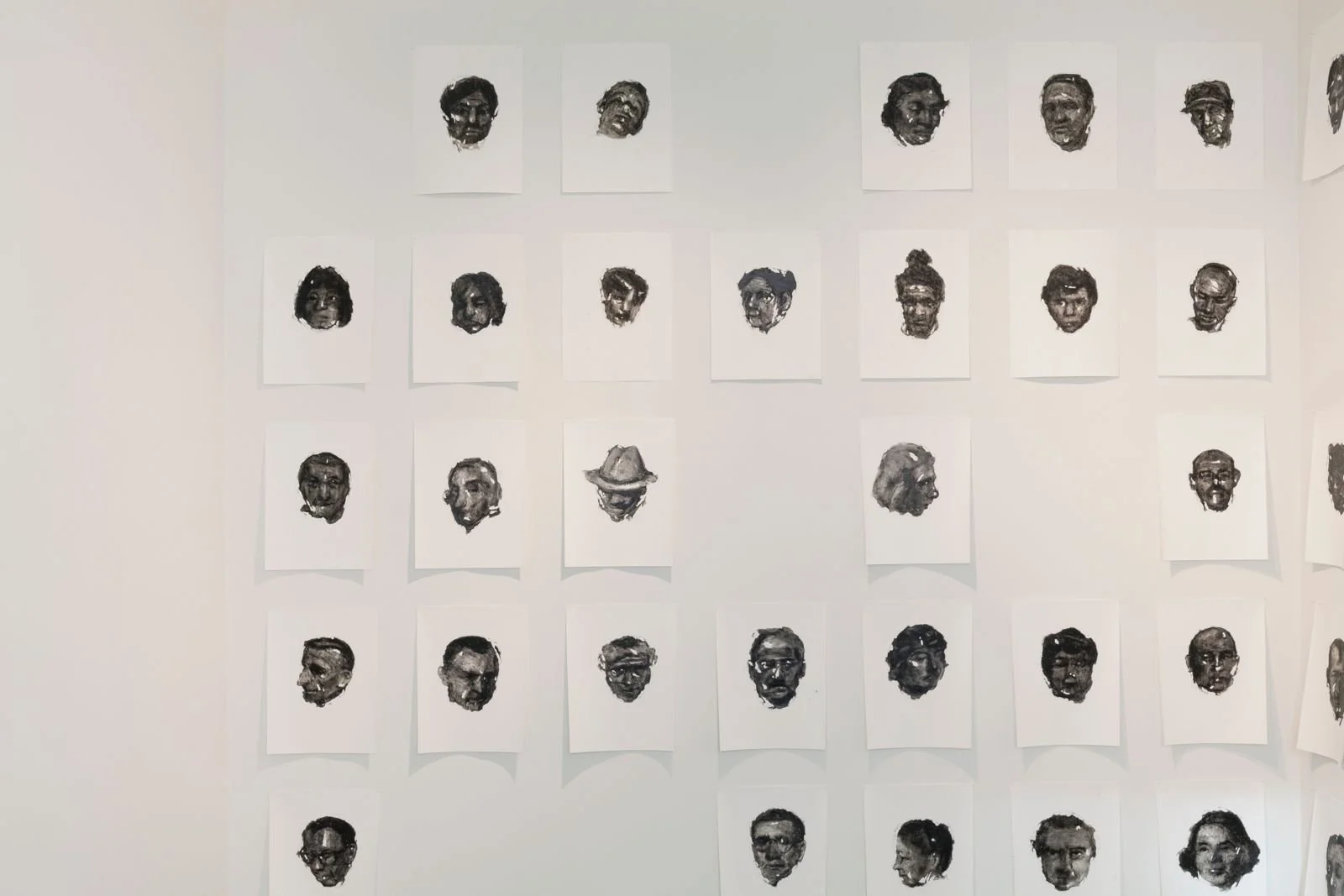
Oblívio, Galeria Belard 2024. Fotografia Ana Garrido
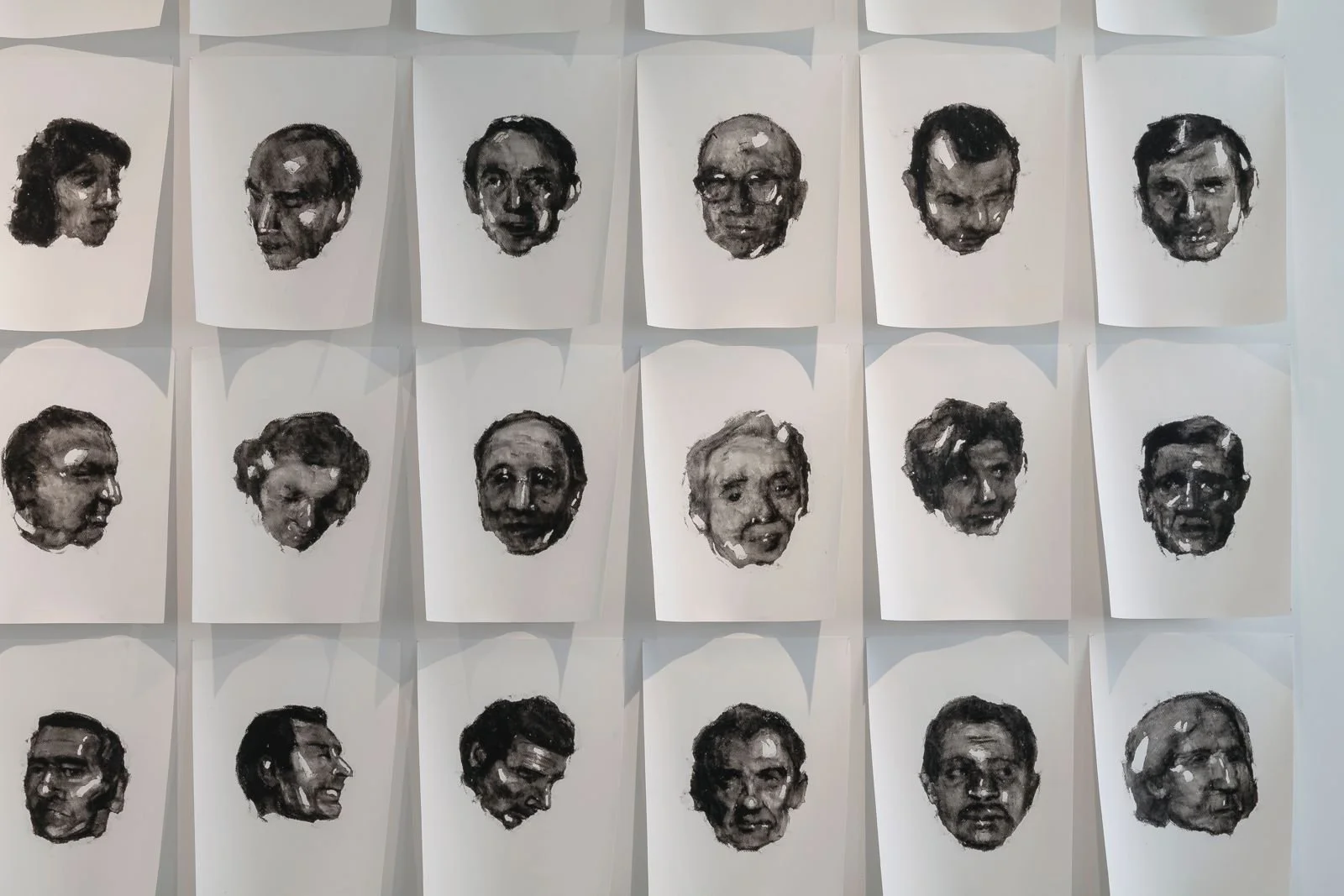
Oblívio, Galeria Belard 2024. Fotografia Ana Garrido

Oblívio, Galeria Belard 2024. Fotografia Ana Garrido
Entrevista com Ângela Roque, Rádio Renascença
·
Entrevista com Ângela Roque, Rádio Renascença ·
Josseline Black on Oblívio
·
Josseline Black on Oblívio ·
We all fear loneliness. However, we often do not recognize it.
At the end of 2021, habits were resumed, routines were reestablished – meetings in cafes and restaurants, on the street, in public spaces; the return to schools and socializing with friends, visits to homes and the homes of grandparents and family members. With the end of the pandemic, normality returned.
But that year also revealed serious weaknesses at the center of society. Far from view, although often so close – next door –, hundreds of people ended their days in solitude. And they died without their bodies being claimed by family or friends.
On October 17, 2021, on the occasion of the International Day for the Eradication of Poverty and Homelessness, a mass was celebrated in the church of São Roque for the people who had died alone in the city of Lisbon. The ceremony began with the reading of the name of each of these people. The community prayed in silence.
233 names of 233 people were heard.
The Santa Casa da Misericórdia de Lisboa and the Irmandade de São Roque guarantee that the body of those who die alone has the dignity it deserves: first, by ensuring a funeral, and, second, by mobilizing volunteers to accompany them. They already did this before, but in 2021 there was an unprecedented increase in the number of people in these conditions.
In the silence of the ceremony, when only the names of the 233 people could be heard, I observed unexpectedly close human wounds. I realized that I needed to reflect on them in my visual investigation, answering a question.
How can you remember someone who, apparently, has not left you?
Each name hides a face. Not knowing these faces, nor being able to get to know them – I had no access to information or data, except their names –, they asked me to look for them.
Using simple materials, I shaped the faces that could have belonged to each of these people. My imagination and the material used came together to answer the question that plagued me. More than portraits, they revealed themselves to be invocations.
Oblívio invites you to participate in this space of contemplation, reflection and silence, bringing to us, on paper, the possible memory of the 233 people who died alone that year.
Todos tememos a solidão. Contudo, muitas vezes não a reconhecemos.
No final de 2021, retomavam-se os hábitos, restabeleciam-se as rotinas – os encontros nos cafés e nos restaurantes, na rua, nos espaços públicos; o retorno às escolas e ao convívio dos amigos, as visitas aos lares e às casas dos avós e dos familiares. Com o fim da pandemia, regressava a normalidade.
Mas nesse ano revelavam-se também fragilidades sérias no centro da sociedade. Longe do olhar, embora frequentemente tão próximas – na porta ao lado –, centenas de pessoas acabavam os seus dias em solidão. E morriam sem que os seus corpos fossem reclamados pela família ou por amigos.
A 17 de Outubro de 2021, por ocasião do Dia Internacional da Erradicação da Pobreza e do Sem-abrigo, celebrou-se na igreja de São Roque uma missa em sufrágio pelas pessoas que tinham morrido sós na cidade de Lisboa. A cerimónia começou com a leitura do nome de cada uma dessas pessoas. A comunidade rezou em silêncio.
Ouviram-se 233 nomes de 233 pessoas.
A Santa Casa da Misericórdia de Lisboa e a Irmandade de São Roque garantem que o corpo de quem morre sozinho tenha a dignidade que merece: a primeira, assegurando um funeral, e, a segunda, mobilizando voluntários para o acompanharem.Já antes o faziam, mas em 2021 houve um aumento inédito no número de pessoas nessas condições.
No silêncio da cerimónia, quando apenas se ouviam os nomes das 233 pessoas, observei feridas humanas inesperadamente próximas. Percebi que precisava de refletir sobre elas na minha investigação visual, respondendo a uma pergunta.
Como fazer memória de quem, aparentemente, não a deixou?
Cada nome esconde uma cara. Não conhecendo eu essas caras, nem podendo conhecê-las – não tive acesso a informações ou dados, excepto os nomes –, elas pediam-me que as procurasse.
Através de materiais simples, fui dando forma aos rostos que poderiam ter pertencido a cada uma dessas pessoas. A minha imaginação e o material usado juntaram-se para responder à pergunta que me assolou. Mais do que retratos, revelavam-se invocações.
Oblívio convida a participar neste espaço de contemplação, reflexão e silêncio, trazendo para junto de nós, em papel, a memória possível das 233 pessoas que nesse ano morreram sós.

